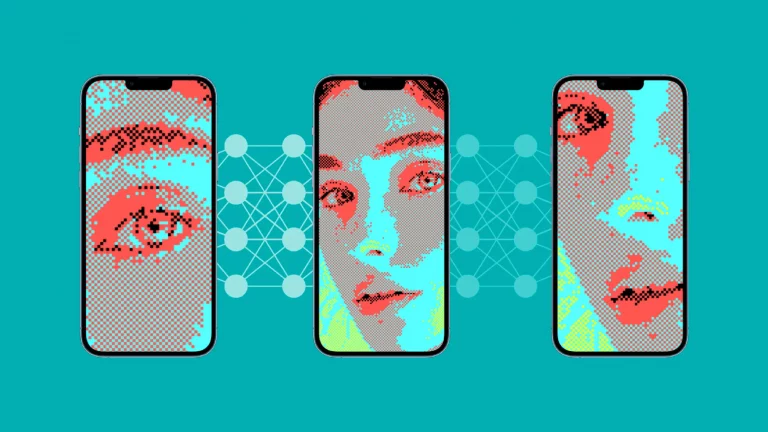Human-machine interactions and the coming age of autonomy
Melissa Cefkin is a Principal Scientist & Design Anthropologist at Nissan Research in Silicon Valley where she explores the potential of having autonomous vehicles as interactive agents in the world.
In an article that was published yesterday, she considers two ways in which, to me, the notion of autonomy raises questions about notions of sociality.
One way pertains to the vehicle itself, to visions for how the vehicle will function and look, and to the experiences it will enable. A second relates to the ways AVs are being brought into being. Here I am interested in how new social formations are emerging as people work together across previously distant and newly emerging industries, knowledge domains and practices. In what way do the activities involved in the development of autonomous vehicles suggest the rise of new global assemblages in which ideals of autonomy stand at the center of the reconfiguration of social relations?
Cefkin’s research has focused on how the AV should behave and interact vis-Ã -vis others in actual road use contexts.
Through field studies, interaction analysis, examination of anthropological and sociological literatures on movement and mobility, and concepting and prototyping activities, we have begun developing concepts for AV behavior and communication. One of them, an “intention indicator,†was adapted into the concept car. The intention indicator, illustrated here (as of minute 4:15), is designed to confirm to others on the road that they’ve been seen, and to enable the AV to signal its own state—whether it is going, waiting, stopping and so on—to others.



